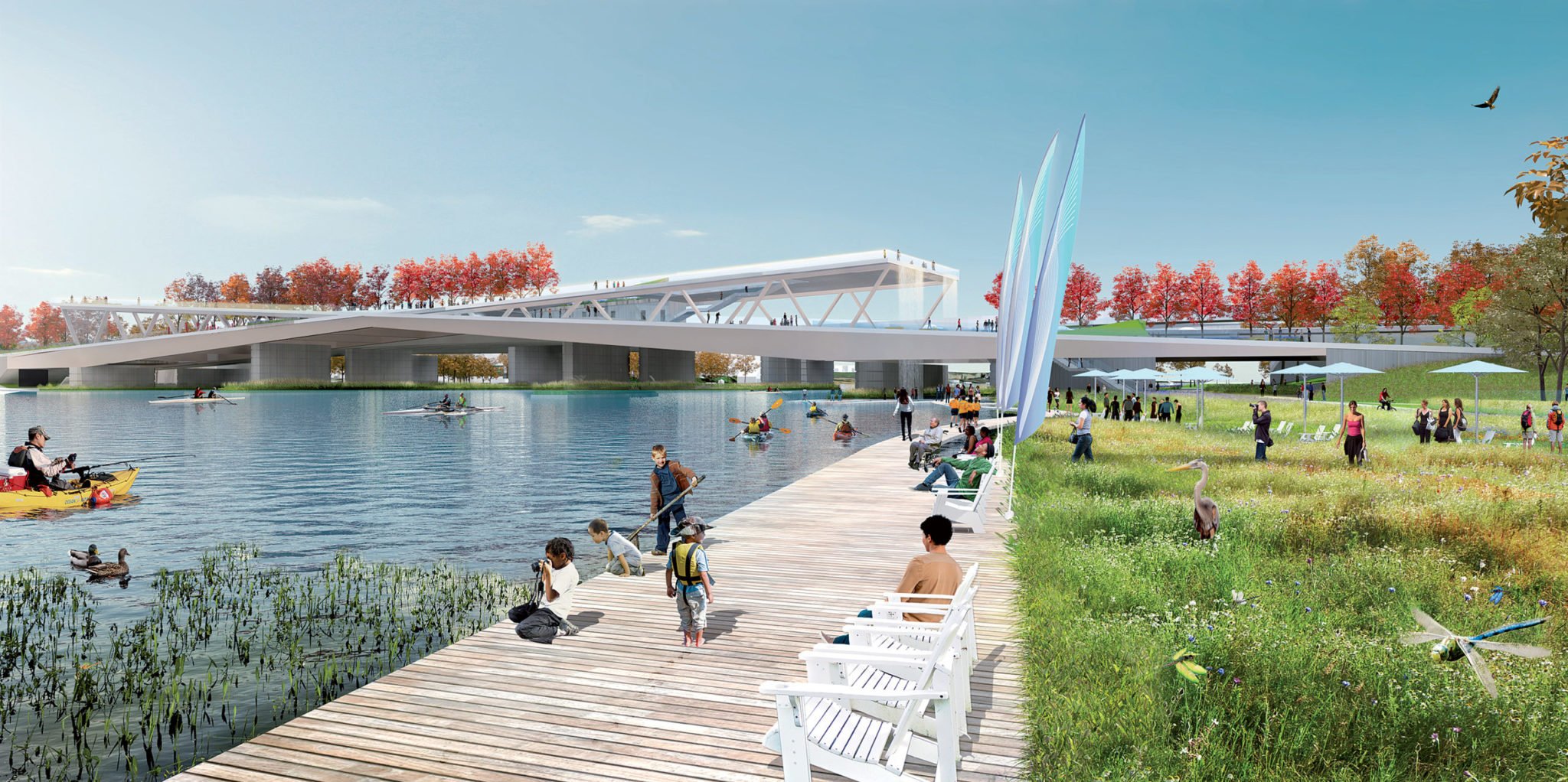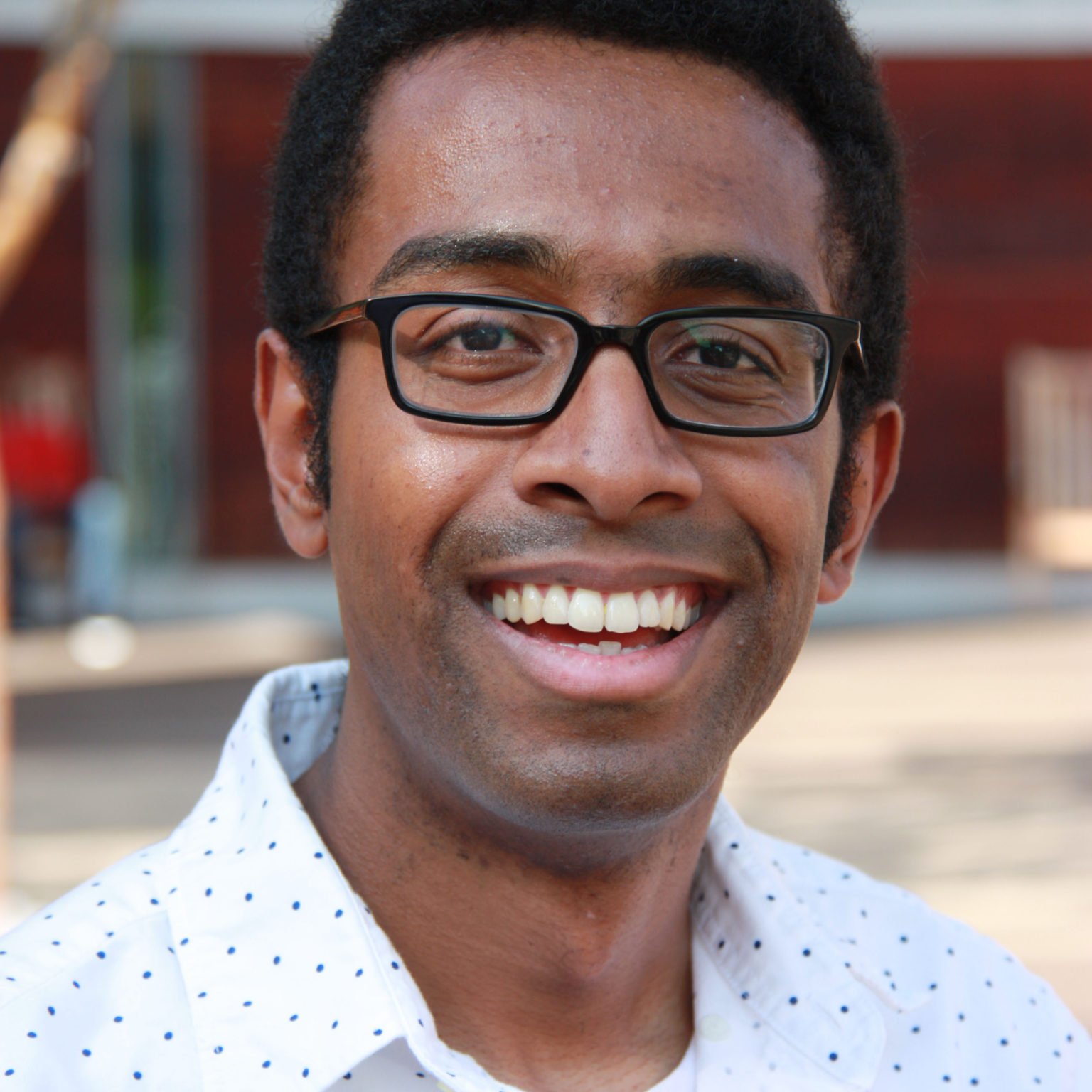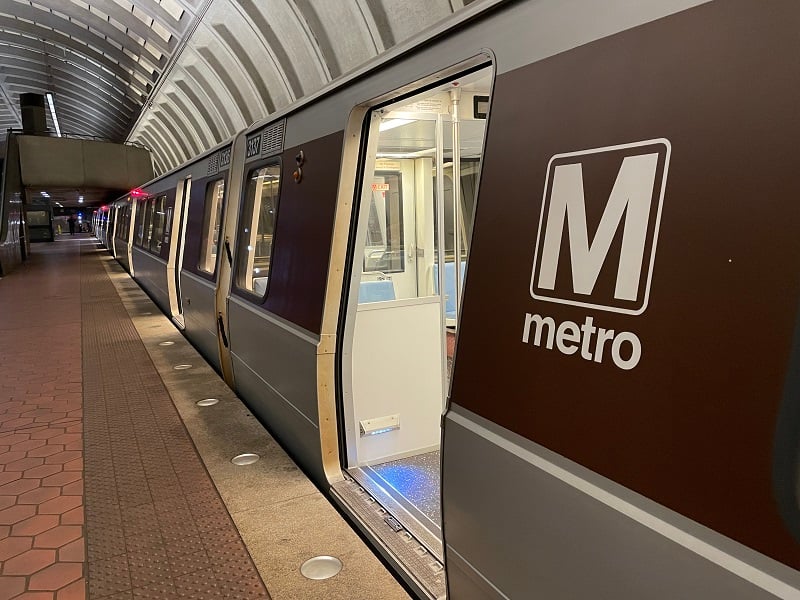Ever since New York’s High Line opened almost a decade ago, it seems as if every other city wants to turn a disused piece of transportation infrastructure into a new park: Chicago’s Bloomingdale Trail, Philadelphia’s Reading Viaduct, Miami’s Underline, and so forth. In 2023, DC will join that list with the planned opening of the 11th Street Bridge Park, which will use the structure of a former Anacostia River crossing as a three-acre platform for plazas, public art, and performances.
Much of the conversation about the $60-million park revolves around the merits of its innovative, cantilevered design, by the world-famous architecture firm OMA and the landscape architects Olin. Other debates are focused on the park’s potential to spur gentrification on its eastern end and what might happen as new money floods the area and potentially pushes out the historically disadvantaged residents living nearby.
Those are valid, important questions, but lately I’ve been thinking about something more basic: Will anyone actually visit this thing?
Great parks require more than well-thought-out designs. They need people: regular users who inhabit the space in ways that make it feel alive—something not just to look at but to live in. Take Columbia Heights’ Meridian Hill Park (better known to longtimers as Malcolm X Park), which for many years has hosted a weekly drum circle that fills the area with joyful rhythm, or Farragut Square, where you might run into an old friend while eating your food-truck lunch on a bench. Regardless of what you think of these parks aesthetically, they’re in some of the city’s most densely populated locations—busy areas where many people live, work, and pass through. They are—to borrow a word from America’s most famous urban retreat—central.
One recent afternoon, I decided to check out the future site of the 11th Street Bridge Park to get a sense of what it might be like. The most striking thing I discovered is how hard it is to get to. Many visitors will likely arrive from the Anacostia Metro station, as I did, or the Navy Yard stop on the other side. Each is almost a mile away and involves an unpleasant, somewhat confusing walk near highways and industrial areas, often away from neighborhood grids.
Though the park will provide an important symbolic and literal bridge that joins areas east of the river to the rest of the city, there’s no built-in community in the immediate area that it will serve. It will have to earn every visitor, offering such an irresistible experience that people will make the effort to spend time there. Renderings of the project are exciting: a network of spaces defined by grass, glass, and wood that’s intended to connect people with both the river and with one another. It’s not just a cool-looking place to watch boats and get some sun; it will also include an amphitheater for performances and an environmental-education center.
But will that be enough? If people don’t show up in significant numbers, it could be a self-reinforcing problem. Basic urban-planning theory holds that people perceive empty areas, no matter how majestic, to be scary as well. Magnificent desolation may be fine for Yellowstone, but it could keep people away from a city park.
The nonprofit that’s raising money for the park, Building Bridges Across the River, has worked with graduate students at Virginia Tech to study ways to get people there. It has also spent about $200,000 to commission public art that will sit along each of the paths from the Metro stations, helping make the journey feel less grim. Four large sculptures, crafted by students at Ballou and Eastern high schools, will guide visitors down the Anacostia Riverwalk trail, and a 90-foot-long lighted art piece will usher people under the Anacostia Freeway. Planners are hoping to improve awareness of nearby bus service and encourage WMATA to ensure that buses come often on the weekends, when park use is at its highest.
I’d love to see these tactics pay off. Linking Anacostia to the other side of the river could have a broader impact on communities that right now are isolated from the rest of the District, and with development already picking up in Ward 8, the 11th Street Bridge Park might prove to be a vital connector of neighborhoods and people that changes how we think about the city. Or it could be a beautifully executed novelty that locals check out once and never return to. The answer, like the park itself, is up in the air.
This article appears in the November 2018 issue of Washingtonian.



















